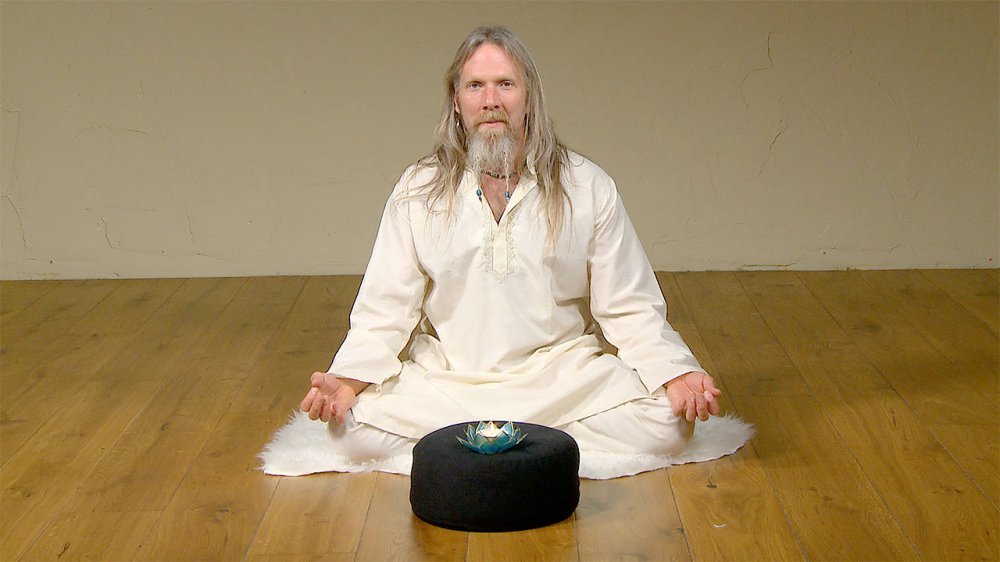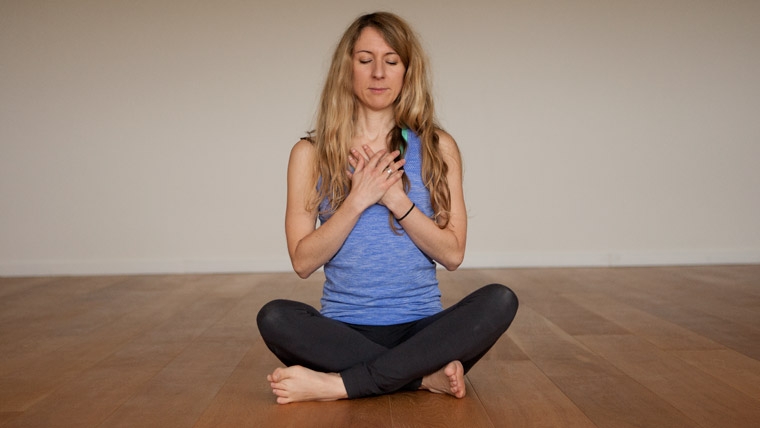Before asana
Saucha doesn’t lie beyond asana so much as it lies before it. There’s a reason the yamas and niyamas occur before asana in Patanjali’s eight limbs of Yoga. When we take on a physical yoga practice or pranayama practice, we’re using, creating and directing powerful energy. If we turn up on our mats with a sense of aggression instead of ahimsa (non violence), self-denial instead of satya (truthfulness), laziness instead of tapas (discipline or burning passion) and impurity instead of saucha (cleanliness), then we’re not likely to progress as positively throughout our sadhana (our practice).
Impurities
The habits we pick up throughout life off the mat may or may not serve us, and the idea of our practice is to recognise what doesn’t help us and what does, coming towards a state in which everything we do aids us towards being happier, healthier and more awake and aware in life. If we take our ‘bad’ habits on to the mat with us, then our practice becomes a lot harder, we have to sift through the ‘impurities’ or negativity we’ve picked up before reaping the benefits of Yoga.
The easiest example to use is that of an apple: You may or may not know that apples have the highest amount of pesticides of all fruit, which is why it’s best to eat organic apples. If we eat an apple full of pesticides, our body has to detoxify and digest the impurities before being able to absorb the goodness of the apple. The same goes for our yoga practice: If we ourselves are ‘impure’ when we practise, then our efforts have to work through our ‘impurities’ before eventually the real Yoga magic happens.
Of course, by impurities we’re not just talking about physical aspects. Saucha means cleanliness of body, mind, spirit and surroundings, all helping to direct us towards a pure and positive life.
Cleansing techniques
The Hatha Yoga Pradipika prescribes a series of cleansing techniques or shatkarmas to the sadhaka (practitioner) before even considering practising asana. These techniques are still traditionally used in India today for the aspiring Yogi and are considered just as important as asana and pranayama practices. They include:
- Neti – nasal cleansing, including both jala neti and sutra neti;
- Dhauti – cleansing of the digestive tract;
- Nauli – abdominal massage or ‘churning’;
- Bhasti– colon cleansing;
- Kappalabhati ‘shining skull breath’ – purification and vitalisation of the frontal lobes,
- and Trataka or ‘blinkless gazing’, commonly known as candle gazing.
If these techniques of cleaning up don’t appeal all that much though, don’t worry – there’s plenty of other ways to bring more saucha in to your life on and off the mat…

Saucha at home
Our environment often reflects our state of mind. You’ll probably identify with the fact that when your bedroom or home is messy, your mind can often feel a little messy and cluttered too. When we’re surrounded by a clean environment however, with clear surfaces, possessions that we need – and not possessions we’ve hoarded over the years and can’t bear to get rid of – and the sense of having space to breathe, then we’re likely to feel a whole lot better and clearer in our minds.
Not only does having a clean place to practise in, and a clean mat to practise on feel good, it shows a sign of respect towards our practice. If we’re meant to be focussing only upon our breath and body, then practising in a room full of clutter and a dirty yoga mat that wafts that smell of feet into your nostrils every time you lower down in to chatturanga doesn’t help to conduct an ideal yoga practice.
Wearing clean clothes, having a clean and – if possible – dedicated yoga space to practise in allows us to approach each session almost like a clean slate, without anything to grab our attention and set off the chattering mind.
It’s pretty obvious that bathing and showering is a good idea to have as part of your daily routine – not only does being clean keep us healthy outside and in, but cleanliness indicates a sense of self respect. Indeed – you are not your body, but our yoga practice does happen in this body, and keeping it healthy and clean is a good way of respecting our practice.
Saucha in your yoga class
No one likes getting a whiff of smelly feet or armpits, or any other bodily functions…. Yes, yoga is about letting go – but it’s also about being aware – aware of our surroundings and aware of respecting others’ precious practice time! It’s always a good idea to come to class feeling fresh, and taking a shower before an evening class can even help to wash the day off of us a little, allowing the stresses and strains of the work day to drain down the plug hole of the shower before heading out to our Yoga class.
Keeping shoes, bags and coats in a place in which the teacher or other students won’t trip over them is also a good idea. As a teacher, it’s far easier to ensure everyone is safe and to be able to move around the room when the floor is clear, and as a student, it feels better in a class when there’s more space around us to move!
Saucha in your diet
As I mentioned at the beginning – eating healthily and organically is considered ‘cleanest’ for us. If foods contain lots of preservatives, additives, and pesticides, our bodies have to work hard to detoxify and eliminate these unnatural chemicals before even being able to absorb the goodness from what we eat and drink.
Obviously, it isn’t always possible to eat organic or to consume entirely un- processed food and drink, and to be honest – we shouldn’t pressurise ourselves to stick rigidly to food rules anyway. But remember that ‘you are what you eat’, so the cleaner our food is, the cleaner we’re going to be inside and out. It’s just about having awareness of what we’re consuming, and making conscious choices to enable us to live healthier and happier.
Saucha in the mind
You may well be familiar with the term ‘where attention goes, energy flows’, and this is one of the keys to unlocking the sometimes seemingly big door that stands between us and realisation.
‘Pure’ thoughts doesn’t have to mean ‘pure’ in the sense of strictly thinking only of ‘holy’, or what we might consider ‘pure’ thoughts – it just means not thinking badly! We each have a choice in how we act, and by directing our thoughts towards positivity, we can add positivity to our own lives and to the world around us.
This concept applies in virtually all of the yamas and niyamas; our minds are very powerful, and what we choose to do with them has the ability to make a big impact. An ‘impure’ thought might be judging someone else badly in your yoga class because they’re unable to ‘perform’ postures as well as everyone else. It might come in the form of judging yourself for not achieving a goal at work, or impurities might arise when we get angry, stressed, worried or fearful about a situation. Remember, that where attention goes, energy flows.You have the power within your mind to think pure thoughts, and therefore influence more purity within and without you. If there’s a problem in the world that you genuinely can do nothing about, then worrying and getting angry isn’t going to help; instead, choose to meditate and send positive, pure thoughts towards the situation and add some goodness to the world.
Leave a comment below and let us know how you’ve brought more saucha into your life!
Love,
Emma
Explore Patanjali’s 8 limbs of yoga in our online program
If you’d like to explore the Niyamas in practice, follow our program ‘The Eight Limbs of Yoga‘ with informative talks, yoga, Pranayama and meditation. Go deeper and truly enrich your yoga practice and your life.
For further reading on the other Niyamas:
- Santosha (Contentment)
- Tapas (Discipline, austerity or ‘burning enthusiasm)
- Svadhyaya (Study of the self and of the texts)
- Isvara Pranidhana (Surrender to a higher being, or contemplation of a higher power)

